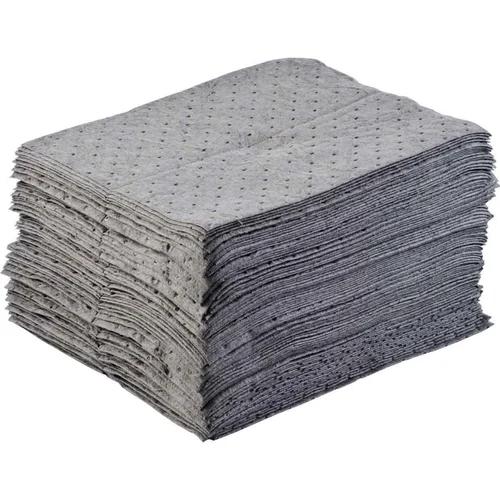
The global Industrial Absorbent Market size is predicted to reach USD 6.11 billion by 2030 with a CAGR of 5.0% from 2026-2030. The Industrial Absorbent market is experiencing robust growth in 2025, propelled by increasing environmental regulations, heightened awareness of workplace safety, and the need for efficient spill containment across industries. Industrial absorbents, including pads, rolls, socks, and granules, are critical for managing spills of oil, chemicals, and other hazardous materials in sectors like oil and gas, manufacturing, and transportation. Recent advancements in eco-friendly materials and high-performance absorbents are shaping the market’s trajectory. This article explores the latest trends, innovations, and challenges in the Industrial Absorbent market, highlighting its essential role in promoting sustainability and safety.
Stricter Regulations Fueling Demand
The global push for environmental compliance is a primary driver of the Industrial Absorbent market. Governments and regulatory bodies are imposing stricter guidelines on spill management to mitigate environmental damage, particularly in industries handling oil and chemicals. Recent reports emphasize the role of regulations in driving demand for absorbents that can effectively contain spills and prevent contamination of soil and water.
Industries such as oil and gas, manufacturing, and logistics are major adopters, as they face significant risks of spills during production, transportation, and storage. The rise in industrial activities, particularly in emerging economies, is increasing the need for absorbents to ensure compliance with environmental standards and maintain safe working conditions.
Innovations in Eco-Friendly Absorbents
Technological advancements are transforming the Industrial Absorbent market in 2025. Manufacturers are focusing on sustainable materials, such as biodegradable and recycled absorbents, to align with global decarbonization goals. For instance, companies like 3M and Brady Corporation are innovating with eco-friendly absorbent pads and rolls that offer high absorbency while reducing environmental impact. These products are designed to handle a range of substances, from oils to hazardous chemicals, without compromising performance.
Recent developments include the introduction of super absorbent polymers (SAPs) tailored for industrial applications. Evonik’s new line of eco-friendly SAPs, launched in 2023, targets spill control in manufacturing and chemical processing, offering enhanced absorbency and sustainability. Additionally, advancements in synthetic absorbents, which dominate due to their versatility and high performance, are improving spill response efficiency in demanding environments.
Applications Across Industries
Industrial absorbents are used in a variety of sectors. In the oil and gas industry, absorbent rolls and socks are critical for managing spills during drilling, refining, and transportation. The chemical industry relies on specialized absorbents to handle hazardous liquid spills, ensuring worker safety and regulatory compliance. Manufacturing facilities use absorbent pads and granules to maintain clean production environments, while logistics and transportation sectors employ them to address spills during shipping and storage.
The rise of heavy-duty oil absorbent rolls is a notable trend, with these products gaining traction for their ability to handle large-scale spills in industrial settings. Recent reports highlight their growing use in warehouses and ports, where rapid spill response is essential.
Regional Market Dynamics
North America leads the Industrial Absorbent market, driven by stringent environmental regulations and a robust industrial base in the U.S. The region’s focus on spill prevention in oil and gas and manufacturing sectors is a key growth factor. Asia-Pacific is the fastest-growing market, with China and India investing in industrial expansion and environmental compliance. Europe’s market is propelled by sustainability mandates, with Germany and the UK prioritizing eco-friendly absorbents.
Emerging markets in Latin America and Africa, such as Brazil and South Africa, are seeing increased adoption, though import reliance poses challenges. Localized production could enhance accessibility and drive growth in these regions.
Competitive Landscape
The market is competitive, with key players like 3M, Brady Corporation, Oil-Dri Corporation, and New Pig leading through innovation and global reach. These companies are investing in R&D to develop sustainable and high-performance absorbents. Smaller players and regional manufacturers are gaining traction by offering cost-effective solutions tailored to local needs. Strategic partnerships with industrial and logistics firms are also enhancing market presence.
Challenges in the Market
The Industrial Absorbent market faces several challenges. The flammability of natural organic absorbents, such as cellulose, limits their use in high-risk industries like oil and gas. High costs of advanced synthetic absorbents can deter adoption among smaller businesses. Supply chain disruptions, particularly for raw materials like polymers and fibers, pose risks to production scalability. Additionally, the disposal of used absorbents, especially those containing hazardous materials, requires careful handling to avoid environmental harm, adding to operational costs.
Opportunities for Growth
The market offers significant opportunities, particularly in sustainable and high-performance absorbents. The rise of eco-friendly SAPs and biodegradable materials aligns with consumer and regulatory demands for greener solutions. The expansion of industrial activities in Asia-Pacific and the increasing focus on spill prevention in oil and gas present growth potential. Additionally, the integration of absorbents with smart sensors for real-time spill detection is an emerging trend, opening new applications in smart manufacturing.
Conclusion
In 2025, the Industrial Absorbent market is thriving, driven by stringent regulations, sustainable innovations, and growing industrial demand. Eco-friendly absorbents and advanced polymers are enhancing spill management, while applications in oil and gas, manufacturing, and logistics underscore the market’s versatility. Despite challenges like material limitations and supply chain constraints, opportunities in emerging markets and smart technology integration are promising. As companies like 3M and Evonik lead with innovative solutions, industrial absorbents will continue to play a critical role in ensuring environmental compliance and workplace safety across industries.


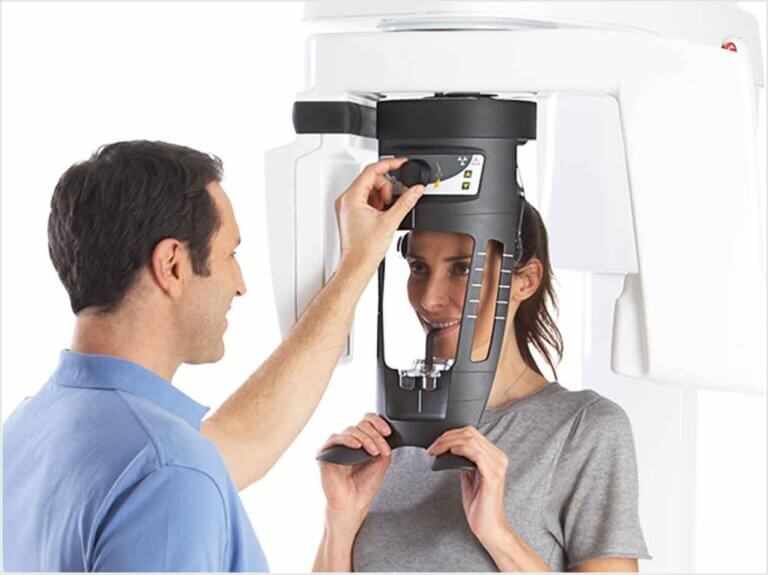


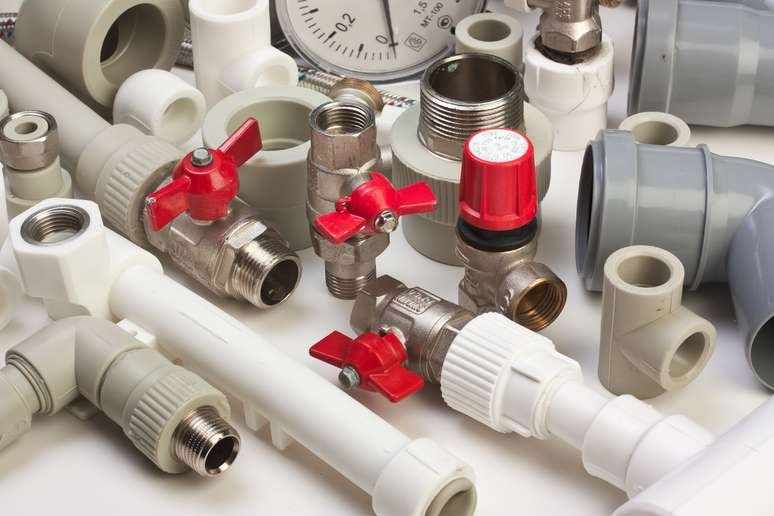






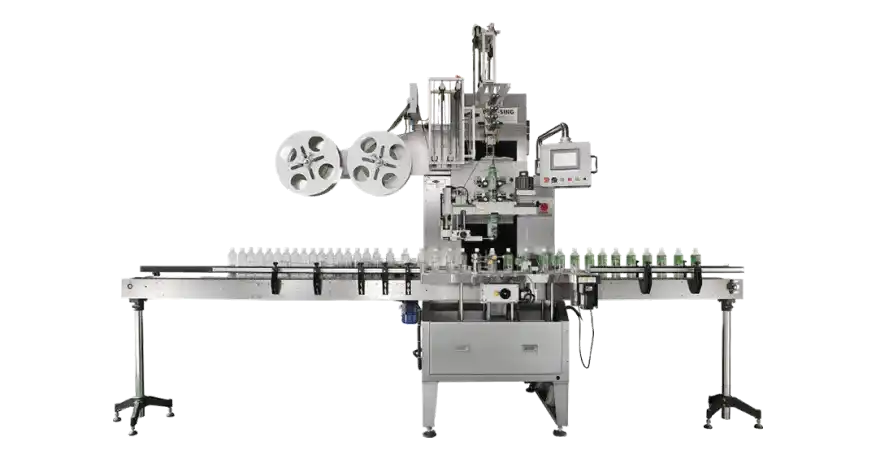

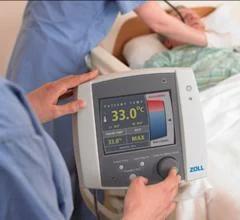

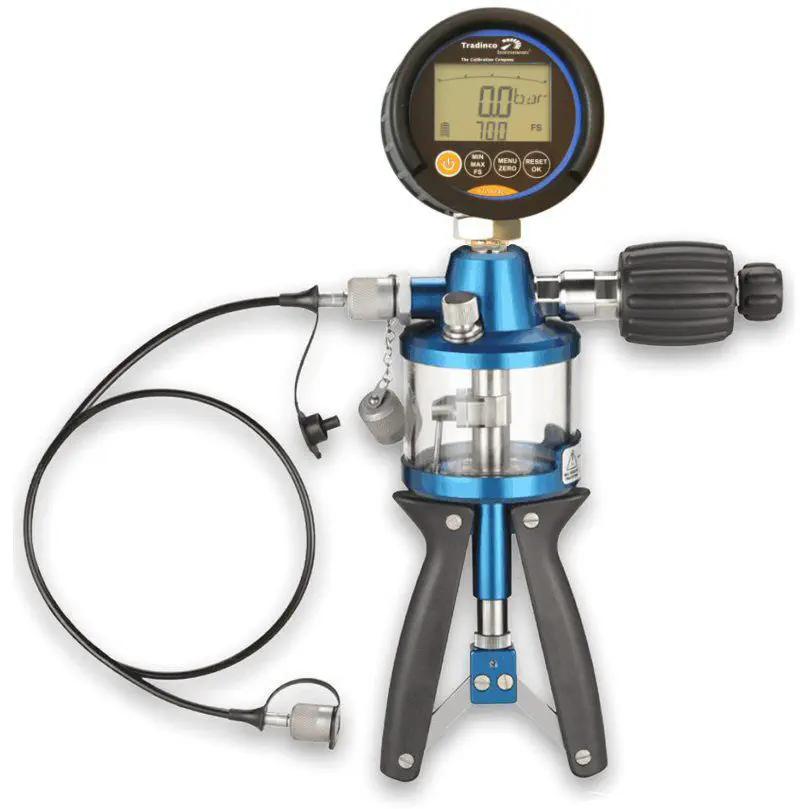
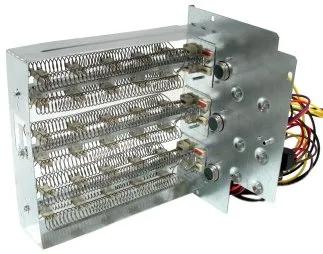

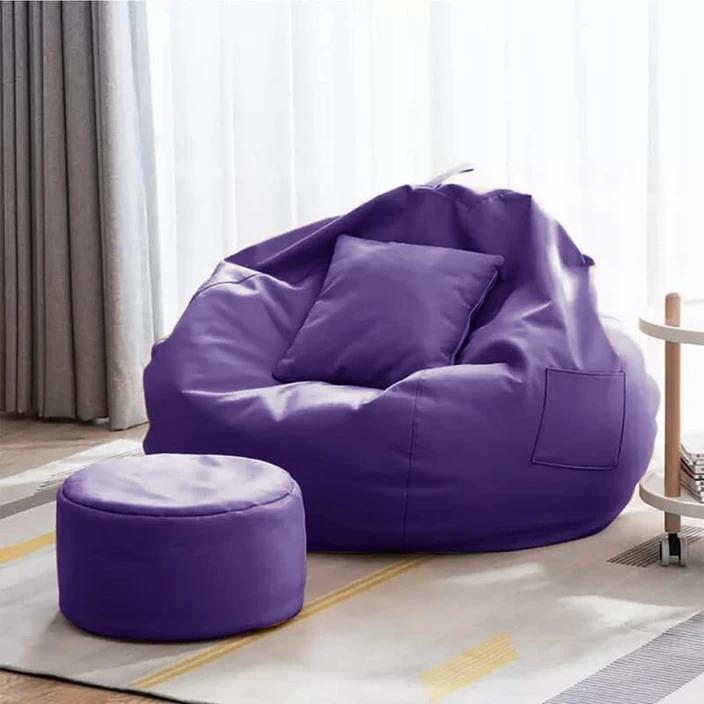
Write a comment ...